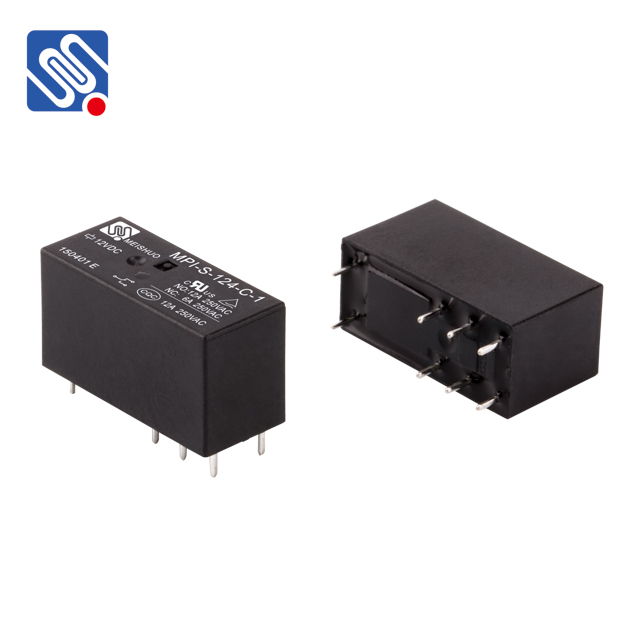Relay application notes serve as invaluable resources for engineers and designers working with relays in diverse applications. These notes offer detailed insights into relay functionality, selection criteria, wiring techniques, and practical applications, making them essential for anyone seeking to optimize their use of relays in electronic and electrical systems. This article aims to provide a comprehensive overview of relay application notes, highlighting their significance and the critical aspects they cover.

1. The Basics of Relay Functionality At the heart of any relay application note is an explanation of how relays operate. A relay is an electromechanical device that uses an electromagnetic coil to open or close contacts, thereby enabling or interrupting the flow of electricity in a circuit. Relays are often used for switching applications, where a low-power control signal can actuate a high-power load. Understanding this basic operation is crucial for users to appreciate the potential applications of relays in different contexts. 2. Criteria for Selecting Relays Choosing the right relay for a specific application is critical, and relay application notes generally provide a detailed overview of the selection criteria. Key factors to consider include: